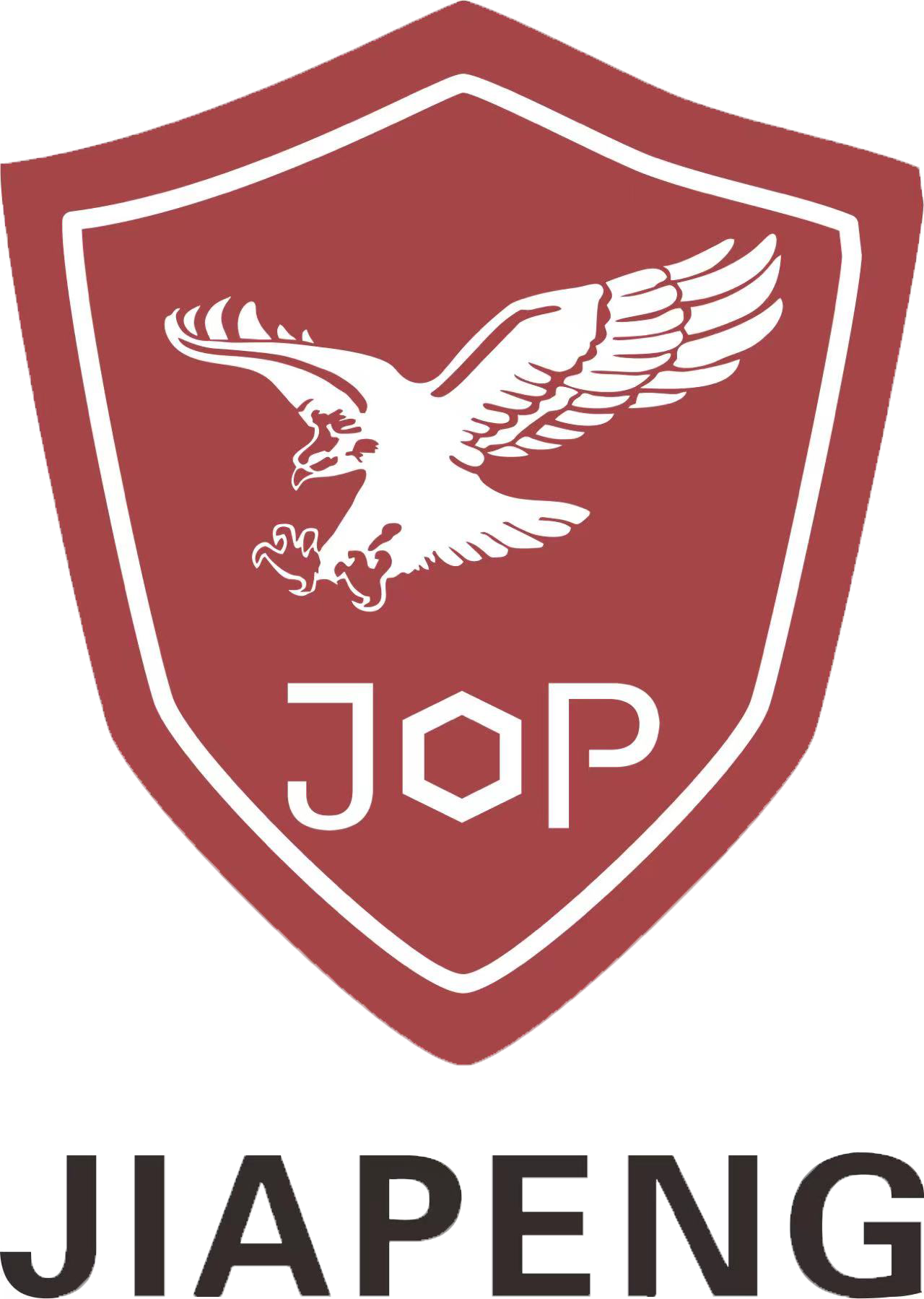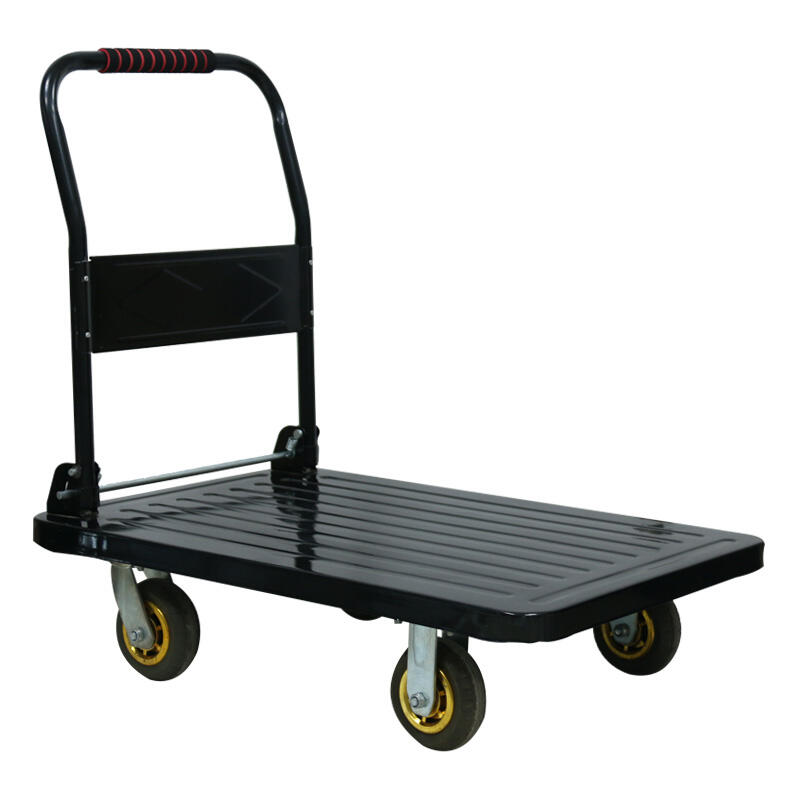Essential Components That Define Premium Platform Trolleys
Platform trolleys have become indispensable tools in warehouses, factories, and various industrial settings, serving as the backbone of efficient material handling operations. These versatile transport solutions combine durability, functionality, and ergonomic design to facilitate smooth movement of goods across different surfaces. Understanding what makes a platform trolley reliable is crucial for businesses looking to optimize their logistics and material handling processes.
Today's modern platform trolley designs incorporate advanced engineering principles and high-quality materials to ensure optimal performance under demanding conditions. Whether you're handling heavy machinery parts or moving delicate inventory, the right platform trolley can significantly impact productivity and workplace safety.
Design and Construction Excellence
Superior Material Selection
The foundation of any reliable platform trolley lies in its construction materials. Premium models typically feature heavy-duty steel frames that offer exceptional structural integrity while maintaining a relatively lightweight profile. The platform surface often incorporates reinforced steel or treated hardwood, providing both durability and practical functionality.
Material choices extend beyond the frame, with strategic use of corrosion-resistant coatings and treatments ensuring longevity even in challenging environmental conditions. High-grade steel varieties, such as powder-coated or zinc-plated options, offer superior protection against rust and wear, making them ideal for both indoor and outdoor applications.
Structural Engineering Innovations
Modern platform trolley designs emphasize intelligent load distribution and structural reinforcement. The integration of cross-bracing and strategic weld points creates a robust framework capable of handling substantial weights without compromising stability. Advanced engineering ensures that stress points are adequately supported, preventing premature wear and potential failure points.
The platform's design often includes subtle but crucial features like reinforced corners and edge protection, which protect both the trolley and transported items from damage during regular use. These engineering considerations significantly extend the equipment's service life while maintaining optimal performance levels.
Mobility and Maneuverability Features
Wheel System Excellence
A platform trolley's effectiveness largely depends on its wheel system. Premium models feature high-quality castors with precision bearings, enabling smooth movement even under heavy loads. The wheel material selection typically includes options like polyurethane or rubber, each offering specific advantages for different operating environments.
Advanced castor designs incorporate swivel mechanisms with sealed bearings, ensuring consistent performance and reducing maintenance requirements. The strategic positioning of fixed and swivel castors enables precise directional control, making navigation through tight spaces more manageable.
Ergonomic Control Mechanisms
The handle design and control features of a platform trolley play crucial roles in its usability. Ergonomically designed handles, positioned at optimal heights, reduce operator fatigue during extended use. Some models include multiple handle positions, accommodating users of different heights and providing flexibility in maneuvering techniques.
Modern platform trolleys often incorporate braking systems that offer precise control over movement, especially important when operating on inclined surfaces or when positioning heavy loads. These control features enhance both safety and operational efficiency.

Load Capacity and Safety Features
Weight Distribution Technology
Professional-grade platform trolleys employ sophisticated weight distribution systems to maintain stability under various load conditions. The platform's design often includes reinforced support points and load-bearing surfaces that evenly distribute weight across the entire structure.
Advanced models feature clearly marked load capacity indicators and may include built-in weight distribution guides to help operators position items optimally. This attention to load management prevents structural stress and ensures safer operation.
Safety Enhancement Systems
Modern platform trolleys incorporate multiple safety features to protect both operators and cargo. Non-slip platform surfaces, guard rails, and impact-resistant bumpers are standard on quality models. Some advanced designs include automatic braking systems that engage when the handle is released, preventing uncontrolled movement.
Safety considerations extend to the trolley's visibility, with many models featuring reflective elements or high-visibility components for safer operation in low-light conditions. These features combine to create a comprehensive safety package that meets or exceeds industry standards.
Maintenance and Longevity Aspects
Durability Features
Quality platform trolleys are designed with longevity in mind, incorporating features that minimize wear and tear during regular use. This includes reinforced stress points, protected bearing systems, and easily replaceable components that extend the equipment's service life.
The use of maintenance-free components, such as sealed bearings and self-lubricating parts, reduces the need for regular servicing while ensuring consistent performance. These design choices result in lower total ownership costs and improved reliability.
Maintenance Accessibility
Smart design features facilitate easy maintenance and component replacement when necessary. Access points for lubrication, adjustable parts, and serviceable components are positioned for convenient maintenance. This thoughtful approach to serviceability helps maintain optimal performance throughout the trolley's lifecycle.
Modern platform trolleys often come with detailed maintenance guidelines and readily available replacement parts, ensuring quick repairs and minimal downtime when service is required. This support system is crucial for maintaining long-term operational efficiency.
Frequently Asked Questions
How often should a platform trolley undergo maintenance checks?
Regular maintenance inspections should be conducted monthly, with more thorough examinations quarterly. Daily visual checks before use are recommended, focusing on wheel condition, structural integrity, and brake functionality. Professional servicing is advised annually or after any significant impact or unusual stress.
What surface types are ideal for platform trolley operation?
Platform trolleys perform best on smooth, level surfaces such as concrete floors or sealed pavement. While many models can handle slightly uneven surfaces, extreme terrain should be avoided. The choice of wheel type can be customized for specific surface conditions to optimize performance.
How can you determine the right platform trolley size for your needs?
Consider your typical load dimensions and weight, available storage space, and operational environment. Measure your largest regular items and add a margin for occasional larger loads. Factor in doorway widths, aisle dimensions, and turning radiuses in your facility. Always choose a trolley rated for at least 20% more than your maximum expected load weight.

